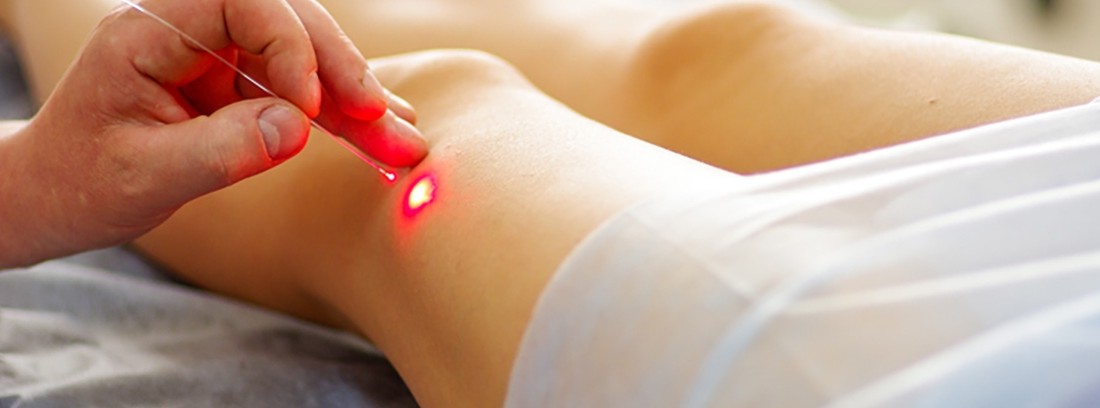Panarteritis nodosa

Panarteritis nodosa or polyarteritis nodosa, also called Kussmaul's disease, is an autoimmune vasculitis that affects medium-sized arteries, without affecting arterioles, venules, or capillaries. Glomerulonephritis does not occur as it does not attack small vessels, unlike microscopic polyangiitis (PAM), which is similar but with alteration of arterioles, capillaries and venules. It is a rare disease, with an annual incidence of about 5 or 6 new cases per year per million inhabitants, with a predominance of male patients (2 men for each affected woman). It generally occurs between 20 and 60 years of age.
- Autoimmune vasculitis that first presents nonspecific symptoms and then others that affect various organs and systems.
- Treatment will be based on the administration of corticosteroids at high doses and for months to reduce symptoms.
- If you suspect it, it is essential to put yourself in the hands of a rheumatologist as soon as possible.
Symptoms of polyarteritis nodosa
Initially, the patients present a nonspecific picture, with weight loss, lack of appetite and fatigue, as well as joint and muscle pain and occasionally a not very high fever. Later, the rest of the organ and apparatus affectations become apparent.
- At the joint level, patients with PAN present with multiple arthritis without affecting the synovium (joint effusion does not usually occur), which mainly attacks large joints, such as shoulders, elbows, hips, knees or ankles. It is usually accompanied by myalgia, generalized muscle pain.
- The kidneys, despite not presenting glomerulonephritis in these patients, are one of the most affected organs along with the heart, and the affectation can lead to the appearance of blood in the urine (), loss of protein (proteinuria) e.
- Cardiac involvement of the PAN can lead to serious disorders such as,, or congestive heart failure.
- At the testicular level there may be inflammation and signs of orchitis, with pain and an increase in the size of the testicles without irritating voiding symptoms, typical of one.
- Damage to the vessels at the level of the nervous system can lead to cerebral vascular accidents, transient ischemic accidents, or asymmetric mononeuritis at the peripheral level, with affectation that can be both motor and sensory and predominantly in the lower extremities.
- In the digestive system, the affectation of the blood supply can cause abdominal pain, intestinal ischemia or digestive bleeding, both upper and lower. At the liver level, varying degrees of liver failure can occur due to compromised blood flow to the viscera.
- At the cutaneous level, the so-called livedo reticularis is very frequent, consisting of the presence of a reticular pattern of purple coloration, especially in the legs, which is due to a dilation of the venules due to the presence of small capillary thrombi. Likewise, it is common to see in these patients thickened skin nodules along the path of the arteries, inflamed, of a wine-red color, and painful to the touch; it is because of them that this vasculitis is called panarteritis nodosa.
- Less frequently, ophthalmologic involvement may occur, generally in the form of a retinal detachment.
PAN can occur in isolation or in association with other autoimmune diseases (added bold), such as systemic lupus erythematosus (SLE), Sjögren's syndrome, or rheumatoid arthritis.
Diagnosis of Kussmaul's disease
The diagnosis will be based on clinical findings and laboratory data. At the level of blood tests, anemia can be seen as well as a decrease in the number of platelets (thrombopenia) and an increase in white blood cells (leukocytosis), without the eosinophils, a subtype of leukocytes, being increased. Likewise, an elevation of acute phase reactants will be seen, such as CRP and ESR, indicators of an active inflammatory process. The presence of autoantibodies, such as antinuclear (ANA) or antineutrophil cytoplasm (ANCA), specifically the so-called P-ANCA, will be frequently observed in the analysis. Antibodies to hepatitis C or surface antigens of the hepatitis B virus are often also positive. The involvement of the different organs will sometimes make it necessary to perform different imaging tests, such as a computerized axial tomography (CT), magnetic resonance imaging (MRI), abdominal, kidney or testicular ultrasound, echocardiograms, fibrogastroscopies, arteriograms or neurophysiological studies . The certainty diagnosis will be provided by a biopsy of a specific organ if it is known to be affected, or by a sural or quadriceps biopsy, where some alterations or others will be seen depending on the state of progression of the PAN. The lesions are generally focal and segmental, that is, isolated, without continuity. In general, the diagnosis of PAN is established with the presence of 3 of the following diagnostic criteria:
- weight loss greater than or equal to 4 kg
- Livedo reticularis
- Asthenia, myalgia, or lower extremity pain
- Mononeuritis or polyneuritis
- Increase in diastolic blood pressure above 90 mm Hg
- Increased blood urea or creatinine
- Positive markers of hepatitis B
- Pathological arteriograms
- Biopsy with changes suggestive of PAN
Treatment
Treatment will be based on the administration of corticosteroids at high doses and for months to reduce symptoms. In more severe cases or without response to corticosteroids, cyclophosphamide will be associated with initial treatment. This immunosuppressant can cause bladder and hematological alterations. As the symptoms improve, the doses of the treatment will be reduced, although this must be maintained for a period of one or two years. If it should be continued with it, it is better to switch to azathioprine, methotrexate or rituximab. With corticosteroid treatment, 57% of patients are still alive at 5 years, a figure that increases to 80% when these are associated with immunosuppressants. Logically, the specific organic affectations of the patient should also be treated: cardiac, kidney, digestive, etc.
Precautionary measures
Panarteritis nodosa, like the rest of vasculitis, is a disease of autoimmune origin, so there are no preventive measures to avoid it. In case of suspicion, it is essential to put yourself in the hands of a rheumatologist as soon as possible.
(Updated at Apr 15 / 2024)